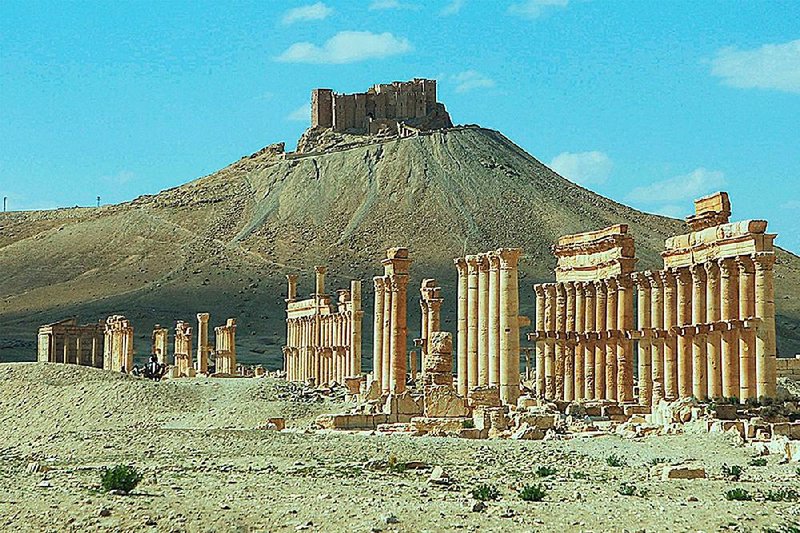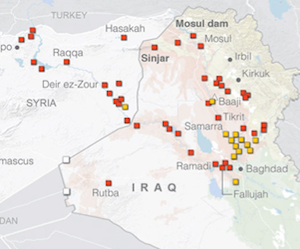BEIRUT -- Islamic State militants in Syria committed an "intolerable crime against civilization" by destroying the ancient Temple of Bel, the head of the United Nations cultural agency said Tuesday.
The militants used explosives Sunday to destroy the 2,000-year-old temple in the ancient city of Palmyra. Witnesses described a huge blast, and the destruction was later confirmed by U.N. satellite images.
The Islamic State has seized one-third of Iraq and Syria and imposed a violent interpretation of Islamic law in a self-declared "caliphate" straddling the two countries. The group captured the ruins of Palmyra and an adjacent town of the same name in May.
The militants say ancient relics and sites of worship promote idolatry. They have blown up several ancient structures in Iraq and destroyed a smaller Palmyra temple, Baalshamin, in late August.
UNESCO chief Irina Bokova said Tuesday that "the destruction of Palmyra constitutes an intolerable crime against civilization, but 4,500 years of history will never be erased.
"The power of culture is greater than that of all forms of extremism, and nothing can stop it," she added.
Bokova said her agency will try to protect "all that can be saved" from destruction by the Islamic State.
UNESCO "will pursue its unrelenting fight against illicit trafficking in cultural objects, the documentation of sites, and the setting up of networks that link thousands of experts in Syria and all over the world, to transmit this heritage to future generations, notably with the help of modern technology," Bokova said in a statement.
Syria's antiquities chief, Maamoun Abdulkarim, said the world has "lost the most beautiful temple in Syria."
The Temple of Bel, which dates to A.D. 32, shows a unique merging of ancient Near Eastern and Greco-Roman architecture. It is dedicated to the Semitic god Bel and is considered one of the most important religious buildings of the first century. The temple consisted of a central shrine inside a colonnaded courtyard, with a large gateway within a complex that has other ruins, including an amphitheater and some tombs.
It stood out among the ruins not far from the colonnades of Palmyra, a landmark that is known by Syrians as the "Bride of the Desert."
Palmyra was an important caravan city of the Roman Empire, linking it to India, China and Persia. Before March 2011, the start of Syria's civil war, the UNESCO site was one of the top tourist attractions in the Middle East.
Information for this article was contributed by Albert Aji of The Associated Press.
A Section on 09/02/2015

